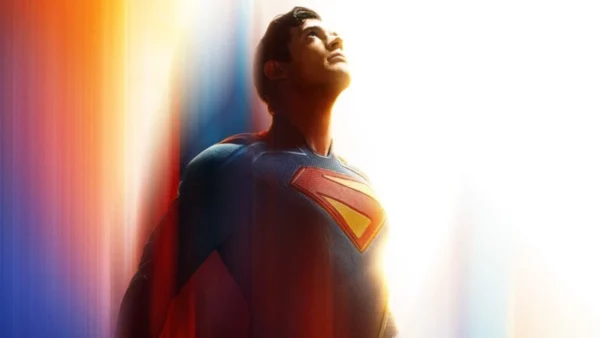It Starts With The Voice
Let’s get one thing straight: voice acting isn’t just for cartoons, video games, and that one friend who insists on ordering drive-thru in their Gollum impression. Voice is one of the most overlooked, yet utterly essential tools in an on-camera actor’s arsenal. And thanks to David Corenswet’s portrayal of Clark Kent/Superman in James Gunn’s reboot, the spotlight is finally swinging toward this subtle but transformative craft.
Corenswet is doing something deceptively simple but incredibly effective—he’s using distinct vocal choices to separate his Clark from his Superman. No, not just throwing on glasses and slouching. We’re talking deliberate shifts in pitch, tone, rhythm, and speech pattern. This duality mirrors the legacy of past Supermen—especially Christopher Reeve—who masterfully gave Clark a higher-pitched, uncertain voice, and Superman a grounded, confident resonance.
The Power of the Voice (Even When the Camera’s Rolling)
When actors talk about “finding the character,” they usually mean wardrobe, physicality, and emotional backstory. But the voice? Often an afterthought—until you realize how much it does. Your voice carries the weight of a scene, the nuance of a relationship, and the credibility of a world. You don’t believe a villain unless their voice drops and slithers. You don’t trust a hero unless their tone steadies when the building is on fire.
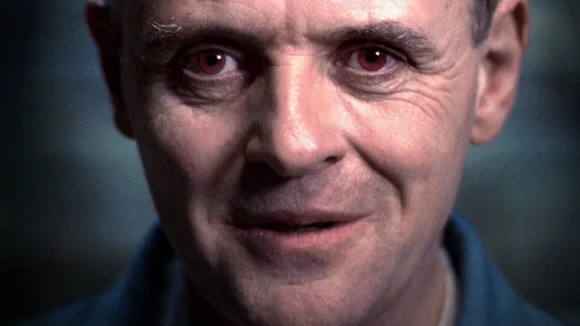 Enter Sir Anthony Hopkins in The Silence of the Lambs. That whispery, clipped enunciation as Dr. Hannibal Lecter? Chilling. Hopkins has said he based his vocal delivery partly on HAL 9000 from 2001: A Space Odyssey. Emotionless, calm, but unsettling—a voice that made the hairs on your neck do the wave. He barely moved his face, but that voice did all the damage.
Enter Sir Anthony Hopkins in The Silence of the Lambs. That whispery, clipped enunciation as Dr. Hannibal Lecter? Chilling. Hopkins has said he based his vocal delivery partly on HAL 9000 from 2001: A Space Odyssey. Emotionless, calm, but unsettling—a voice that made the hairs on your neck do the wave. He barely moved his face, but that voice did all the damage.
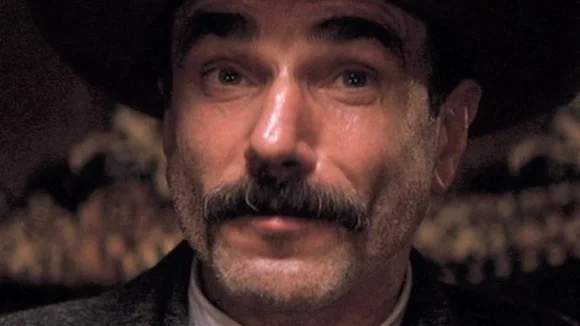 Now swing to Daniel Day-Lewis in There Will Be Blood. That drawl. That preacher’s cadence mixed with a venomous undertone. Day-Lewis reportedly built the voice of Daniel Plainview after studying recordings of old-time preachers and business magnates. You didn’t just hear oil in that voice—you heard the weight of greed, ambition, and future betrayal. It’s not accidental; it’s vocal architecture.
Now swing to Daniel Day-Lewis in There Will Be Blood. That drawl. That preacher’s cadence mixed with a venomous undertone. Day-Lewis reportedly built the voice of Daniel Plainview after studying recordings of old-time preachers and business magnates. You didn’t just hear oil in that voice—you heard the weight of greed, ambition, and future betrayal. It’s not accidental; it’s vocal architecture.
Why Voice is a Secret Weapon for Screen Actors
Unlike stage actors, film performers don’t have to belt to the back row. But that doesn’t mean they get to coast. In fact, the microphone—and close-up lens—rewards the tiniest shifts. A cracked whisper. A half-chuckle that undercuts a threat. A sudden change in pacing that jolts the listener. This is vocal precision, not projection. And it’s a whole different kind of power.
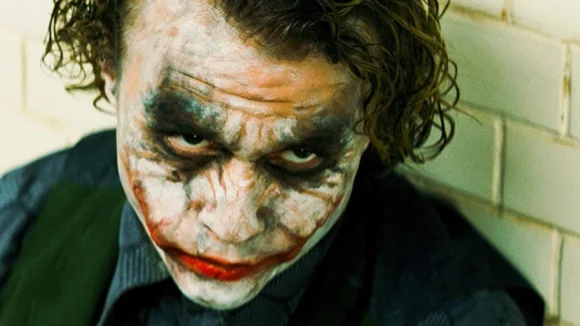 Want proof? Look at Heath Ledger in The Dark Knight. His Joker voice is nasal, teasing, yet disturbingly childlike. Every “Wanna know how I got these scars?” is unforgettable because of his vocal oddity and unpredictability. It’s unsettling because it feels improvised and off-kilter. But it was carefully crafted. And it *owns* the screen.
Want proof? Look at Heath Ledger in The Dark Knight. His Joker voice is nasal, teasing, yet disturbingly childlike. Every “Wanna know how I got these scars?” is unforgettable because of his vocal oddity and unpredictability. It’s unsettling because it feels improvised and off-kilter. But it was carefully crafted. And it *owns* the screen.
Modern Examples of Voice-Driven Character Work
Back to Corenswet. The Clark/Superman vocal duality may seem like a small thing, but for actors paying attention, it’s a masterclass in layering character. Superman’s voice carries confidence, moral clarity, and sonic strength. Clark Kent’s voice might be quicker, a touch more nervous, maybe even pitched slightly higher. These are not gimmicks—they’re choices grounded in truth. And the fact that Corenswet is doing this with restraint—not pushing it cartoonishly—is what makes it sophisticated.
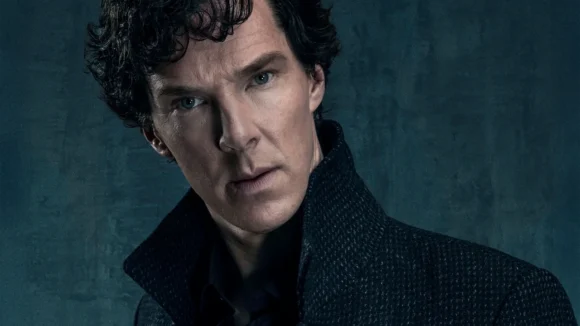 Let’s not forget Benedict Cumberbatch in Sherlock. His rapid-fire delivery wasn’t just written in the script. It was performed with sharp consonants, perfectly timed pauses, and a vocal rhythm that kept your brain dancing. The voice was the intellect. Similarly, Scarlett Johansson in Her gave an entirely voice-based performance that felt more human than many actors with full facial access. That’s vocal emotional intelligence at work.
Let’s not forget Benedict Cumberbatch in Sherlock. His rapid-fire delivery wasn’t just written in the script. It was performed with sharp consonants, perfectly timed pauses, and a vocal rhythm that kept your brain dancing. The voice was the intellect. Similarly, Scarlett Johansson in Her gave an entirely voice-based performance that felt more human than many actors with full facial access. That’s vocal emotional intelligence at work.
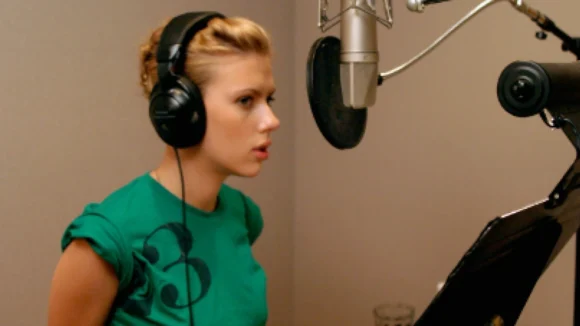
Practical Tips for Young Actors
So, what does this mean for you, budding thespian? It means stop thinking your voice is just a vehicle for lines. It is the character. It is the storytelling. Here’s how to start making voice part of your toolset:
- Record Yourself: Read monologues or scenes in different emotional states. Notice how your voice changes—and what feels authentic.
- Experiment With Texture: Is your character gravelly from stress? Whispery with manipulation? Explore vocal timbre like you explore movement.
- Use Accents With Intent: Not just to sound different, but to be different. Dialect shapes worldview.
- Study the Greats: Rewatch performances from Meryl Streep, Cate Blanchett, Gary Oldman—actors who change their voices like they change shoes.
- Warm Up: Your voice is a muscle. Treat it like one. Vowel resonance exercises, breath control, articulation drills—they matter.
The Bottom Line
David Corenswet’s approach to Superman reminds us that acting doesn’t end at the larynx—it begins there. Whether you’re filming an indie drama or preparing for an intergalactic reboot, your voice is a flexible, complex, and powerful tool. It deserves attention. It deserves respect. And, in the best cases, it deserves its own close-up.
So go on—give your voice some love. Let it soar higher than a speeding bullet. You never know who’s listening.

